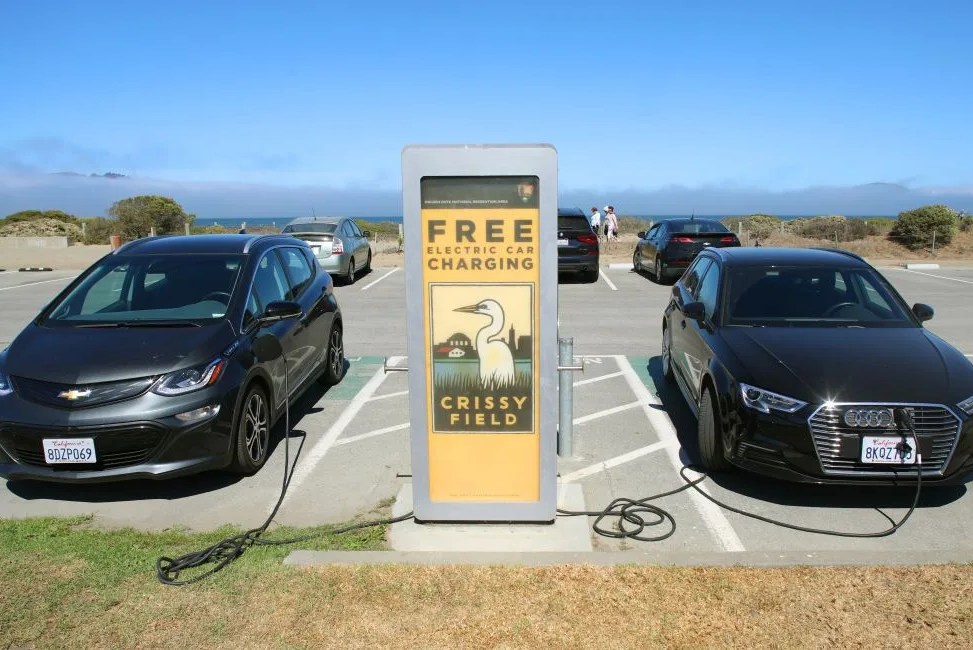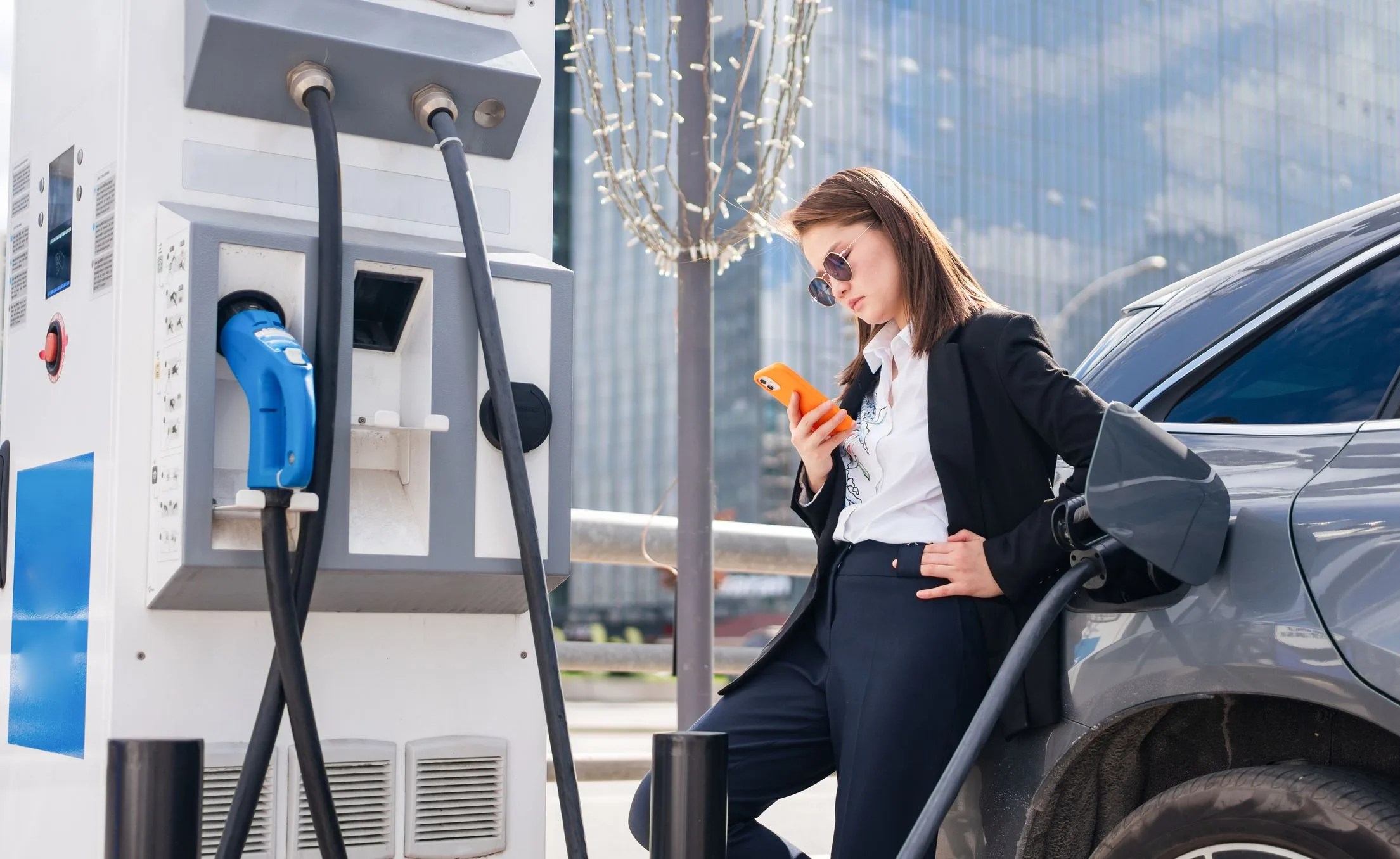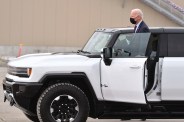There’s no easy way around it: the United States of America is about to be in desperate need of electric vehicle charging stations.
Right now, there are about 46,000 public charging stations scattered across the country. The federal government has announced plans to spend $5 billion over the next five years building many more, but that amounts to a drop in the bucket compared to what we’ll need if EV adoption rates match expectations; by 2030, there may be as many as 35 million EVs on the nation’s roads, which would in turn require somewhere in the realm of 2.3–3.5 million plugs.
Level 2 chargers, which can recharge an EV over the course of several hours, will play an important role in this buildout, but they’re ultimately limited by their speed. To work properly, they need to be in places where people already stay for hours on end. Places like houses, or offices (remember those?), or movie theaters or downtown shopping districts or malls (remember those?) — not the fast-casual restaurants and grocery stores and shops and boutiques where they’re too often found today.

No, while the majority of people will (ideally) be able to charge at home or at work in the future, there will always be some chunk of the population for whom that would be an insurmountable obstacle — and if the plan is to make EVs the new default choice for car buyers, the nation needs to make their adoption as seamless, as friction-free as possible. Which means giving people access to a boatload of fast-charging stations.
So far, much of that work has been taken up by companies like EVGo and Chargepoint and Electrify America, the latter of which currently offers the most robust fast-charging network across the country. These chargers, however, are often located at big-box stores — specifically, Walmart and Target — which are ill-suited to the sort of dine-and-dash activities that make up road trip stops. Adding insult to injury, they’re usually shoved well into the back of the parking lot, forcing drivers to make a long (and, in winter, often cold and slippery) walk to reach the store. It’s the parking equivalent of hostile architecture: sure, the features are there, but the people who installed them really don’t seem to want you to use them.







